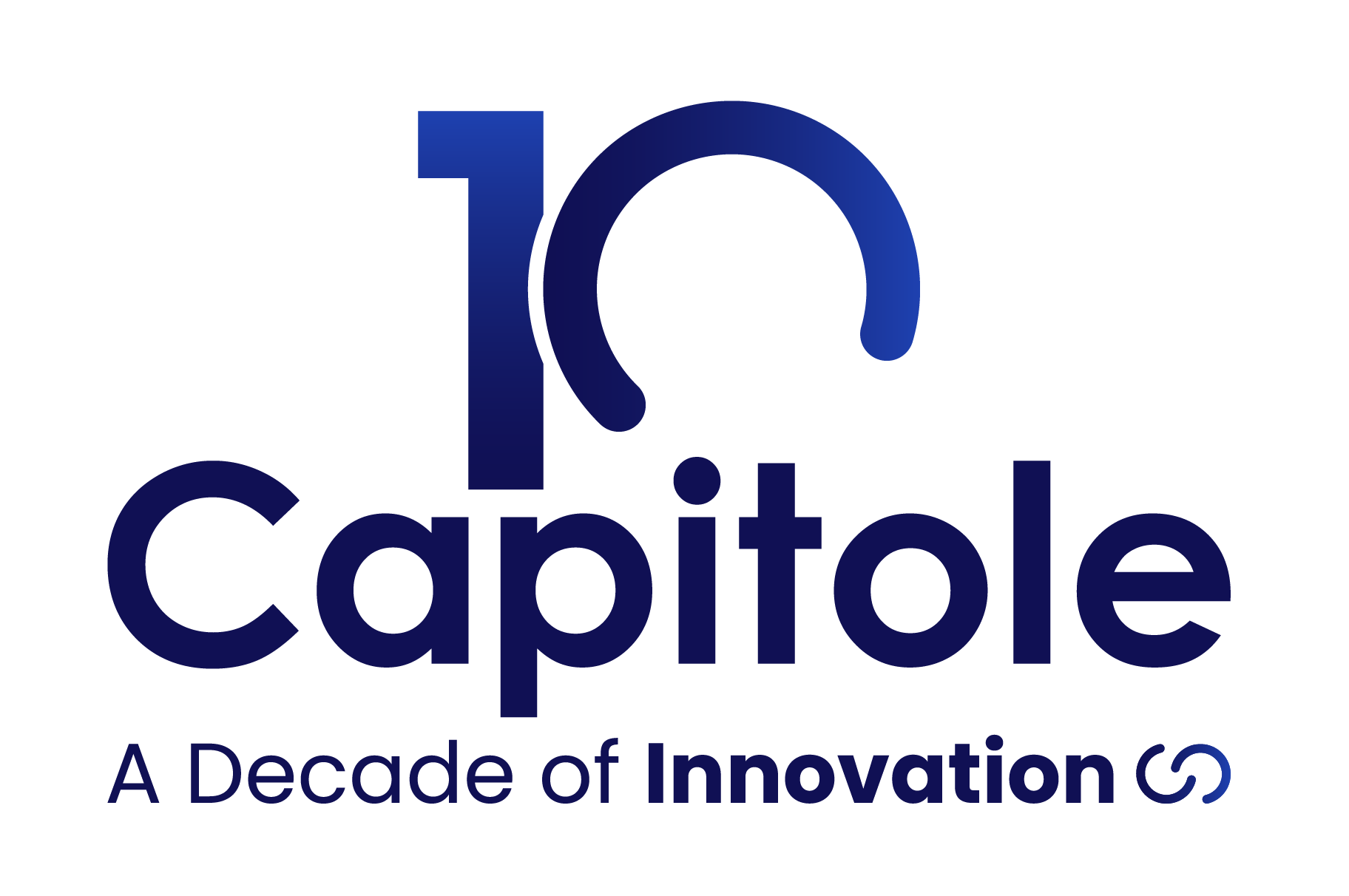The integration of artificial intelligence (AI) and Agile methodologies is ushering in a new era of innovation and efficiency. By harnessing the power of AI, Agile teams can streamline processes, improve decision-making, and deliver exceptional value to their customers.
Understanding the Synergy
Agile methodologies, with their iterative approach and focus on continuous improvement and customer feedback, align perfectly with the rapid evolution of AI. Here, it’s essential to clarify that we are primarily referring to Generative AI and Predictive AI. Generative AI, such as natural language processing and content generation models, enables the creation of new content, while Predictive AI uses Classical Machine Learning (ML) algorithms to analyse historical data and make predictions. These approaches allow AI to process vast amounts of data, augment human capabilities, automate repetitive tasks, and provide valuable insights to inform decision-making.
Key Areas Where Classical Machine Learning Can Enhance Agile Practices
Predictive Analytics for better planning: For accurate forecasting machine Learning algorithms can analyse historical data to predict future trends, aiding teams allocate resources correctly and estimate effort more accurately.
Risk mitigation: Because ML can identify potential bottlenecks early on teams can proactively adjust their plans and allocate resources effectively
Self-Healing Tests: Machine Learning-powered testing frameworks can automatically adapt to code changes ensuring continuous quality and reducing time spent on regression testing.
Accelerated Development: ML models can generate entire functions based on natural language descriptions or code patterns which in turns speeds up development cycles.
Improved code quality: ML-driven refactoring tools can identify code smells, suggests improvements, and automatically apply refactorings, enhancing code readability and maintainability.
Intelligent code completion: ML-powered code completion tools can suggest necessary code snippets and functions based on context reducing typing effort and improving developer productivity.
If you are considering integrating Machine Learning to development teams, it is however important to take into consideration the following.
- Ensure that data is accurate, clean and complies with privacy regulations.
- Make ML models transparent and explainable to foster trust and accountability.
- Regularly update and retrain ML models to keep pace with evolving requirements and data.
- Finally foster an environment of collaboration between ML experts and software developers to ensure seamless integration.
While both Machine Learning (ML) and Artificial Intelligence (AI) are closely related and often used interchangeably, they have distinct characteristics and applications within Agile software development.
Machine Learning is a subset of AI that focuses on algorithms that allow computers to learn from data without explicit programming. It involves training models on large datasets to recognize patterns, make predictions, and make decisions.
AI, on the other hand, is a broader field that encompasses various techniques and technologies, including machine learning, to simulate human intelligence.
Key Areas Where AI Can Enhance Agile Practices
Here are specific examples of how AI can be applied in Agile environments, along with the type of AI most relevant for each use case:
- Generating User Stories: AI can help generate initial drafts of user stories from business requirements, accelerating the creation of product backlogs.
- Automating Test Cases: AI models can automatically generate test cases based on code changes and requirements, significantly reducing the time spent on manual testing.
- Predicting Project Timelines: Predictive AI can analyse historical data from previous projects to predict delivery timelines and identify potential risks ahead of time.
- Improving Code Quality: AI-powered tools can detect defects in the code, suggest improvements, and automate code reviews, enhancing the overall quality of the software.
- Automated Documentation: Generative AI can help automatically generate accurate, up-to-date documentation, reducing manual effort and ensuring consistency. Models like GPT (Generative Pre-trained Transformers) can assist in creating technical documentation or progress reports from raw data, ensuring high coherence and accuracy.
- Improved Collaboration: AI-powered collaboration tools such as virtual assistants and recommendation systems can enhance communication and knowledge sharing among team members, even in remote settings. These tools help streamline problem-solving and knowledge transfer across distributed teams, Teams Copilot is an excellent and specific example we can use here, it is capable summarising meetings using recorded transcripts from concluded meetings.
- Enhanced Decision-Making: AI-driven insights can help Agile teams make better data-driven decisions regarding product backlogs, resource allocation, and risk mitigation. Combining Predictive AI with data analytics, teams can make more informed decisions based on real-time insights and historical data.
Let’s look at specific applications of AI in Agile that can drive efficiency and improve results:
Prompt Engineering: Optimizing AI Interaction
Prompt Engineering refers to the art of crafting clear and effective prompts to guide Generative AI models in producing the desired output. Below are key recommendations for getting the best results when working with AI in Agile projects:
- Be Specific: Clearly articulate the desired outcome of the AI-generated content.
- Provide Context: Background information is crucial for the AI model to understand the task.
- Define the AI’s Role: Indicate the specific role the AI should take when generating results (e.g., “Act as an expert scrum master with the objective of finding a permanent solution to the consistent problem of technical debt of a development team that is mature in agile methodologies give me a list of immediate actions to take, let your writing style be narrative and your tone persuasive”).
- Identify the Target Audience: Tailor the AI’s response to the needs of the end user, whether it’s a development team or a customer.
- Set a Clear Objective: Ensure the model understands the goal it needs to achieve.
- Establish the Tone and Style: Decide on the tone (formal, persuasive, cooperative) and writing style (narrative, descriptive, etc.).
- Experiment and Adjust: Continuously refine the prompts based on the results to improve the quality of the responses.
Conclusion: The Future of Agile with Generative AI
The combination of Agile and AI is transforming the way we work, unlocking new levels of innovation and continuous improvement. By adopting AI, Agile teams can deliver faster, more accurate results that are aligned with customer expectations.
At Capitole, we are at the forefront of digital transformation, helping our clients harness the power of Generative AI to optimize their Agile processes. If you want to maximize the value of your Agile teams with AI-driven solutions, reach out to us today. We’re here to guide you on this exciting journey toward the future of work.
Sources
- TensorFlow: https://www.tensorflow.org/
- Papers with Code: https://paperswithcode.com/
- Machine Learning is Fun: https://medium.com/@ageitgey/machine-learning-is-fun-80ea3ec3c471
- https://github.com/mananahmed/sepoy-twitter-archive
- Agile Alliance: https://www.agilealliance.org/
- Scaled Agile Framework (SAFe): https://scaledagileframework.com/
- arXiv: https://arxiv.org/ , Scikit-learn: https://scikit-learn.org/
- Google AI Blog: https://ai.google/latest-news/
- PyTorch: https://pytorch.org/





